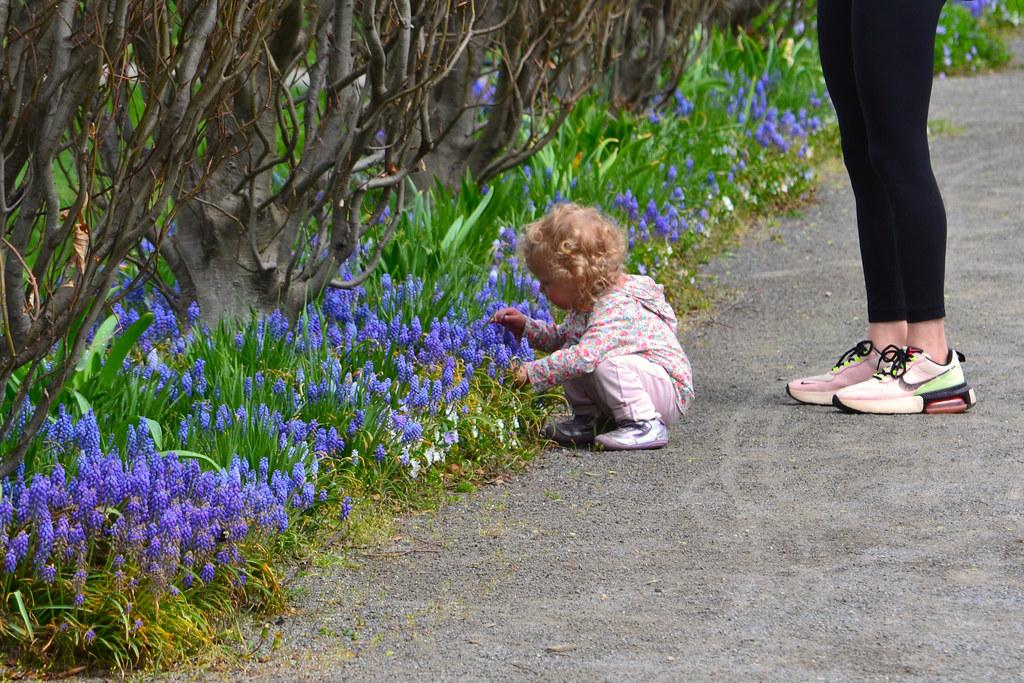In today’s fast-paced world, where distractions abound and stress levels continue to rise, teaching children the art of mindfulness has never been more essential. As educators and caregivers, we hold the unique opportunity to equip the younger generation with tools that foster emotional resilience, focus, and a sense of inner peace. By introducing mindfulness practices into their daily routines, we can help children navigate their emotions and thoughts with greater ease and understanding. This article explores the best practices for teaching kids about mindfulness, offering empathetic guidance and practical strategies to nurture their well-being. Whether you’re a teacher, parent, or mentor, these insights will empower you to create a supportive environment where children can thrive, learn, and grow with mindful awareness.
Understanding Mindfulness and Its Benefits for Children
Incorporating mindfulness into a child’s daily routine can be a transformative experience, nurturing their emotional intelligence and enhancing their ability to focus. Mindfulness is not just about meditation; it’s a holistic approach that helps children become aware of their thoughts, emotions, and surroundings. Here are some practical strategies to introduce this valuable practice to kids:
- Guided Breathing Exercises: Encourage children to take deep breaths, focusing on the rise and fall of their chest. This simple exercise can help them center their thoughts and reduce anxiety.
- Mindful Listening: Have them sit quietly and listen to the sounds around them. Ask them to identify different noises, promoting concentration and auditory awareness.
- Gratitude Journals: Encourage kids to write down things they are thankful for each day. This practice fosters positivity and appreciation for the present moment.
Benefits of Mindfulness for Children can be profound and far-reaching. Below is a table highlighting some key advantages:
| Benefit | Description |
|---|---|
| Improved Focus | Helps children concentrate better on tasks and schoolwork. |
| Emotional Regulation | Assists in managing feelings and reactions more effectively. |
| Reduced Stress | Lowers anxiety and promotes a sense of calmness. |
By introducing these techniques, caregivers and educators can create a nurturing environment where children learn to appreciate the present and develop resilience. The journey to mindfulness is unique for each child, but the positive impacts are universally significant.

Creating a Mindful Environment at Home and School
Fostering a mindful environment both at home and in educational settings can significantly enhance a child’s ability to focus, reduce stress, and improve emotional regulation. Here are some effective strategies to implement:
- Designate a Calm Space: Create a special corner at home or a nook in the classroom where children can retreat to when they need a moment of peace. Equip this space with soft cushions, gentle lighting, and perhaps a small selection of calming books or nature sounds.
- Incorporate Mindful Breathing: Encourage children to practice mindful breathing exercises. Simple techniques such as the “Five-Finger Breathing” can be effective. Have them trace the outline of their hand with a finger from the other hand, breathing in as they trace up and breathing out as they trace down.
- Mindful Transitions: Use transitions between activities as opportunities for mindfulness. Whether it’s moving from playtime to study time, or from one class to another, a brief moment of reflection or a few deep breaths can help children center themselves.
To support these practices, it’s helpful to establish a routine that incorporates mindfulness activities regularly. Consider this simple schedule:
| Time | Activity |
|---|---|
| Morning | 5-minute mindful breathing exercise |
| Midday | Gratitude journaling during lunch break |
| Afternoon | Guided imagery session before afternoon classes |

Engaging Mindfulness Activities for Different Age Groups
Mindfulness can be a transformative practice for children, offering them tools to manage stress, improve focus, and cultivate a sense of calm. To effectively engage kids across various age groups, it’s essential to tailor activities to their developmental stage and interests. Here are some creative ideas to consider:
- Toddlers (Ages 2-4): At this age, children are naturally curious and enjoy sensory experiences. Introduce them to mindfulness through simple breathing exercises like “smell the flower, blow out the candle,” or engage them in a mindful listening activity by having them identify different sounds in their environment.
- Elementary School (Ages 5-10): Kids in this group can explore more structured activities. Consider a “mindful jar,” where they shake a jar filled with water and glitter, then watch the glitter settle as a metaphor for calming the mind. Another engaging activity is a “mindful walk,” encouraging them to notice the colors, textures, and sounds around them.
- Pre-teens (Ages 11-13): Pre-teens can benefit from activities that incorporate mindfulness with creativity. Encourage them to keep a mindfulness journal, documenting thoughts and feelings without judgment. Alternatively, guided imagery exercises can help them visualize peaceful scenes, fostering relaxation and focus.
| Age Group | Activity | Benefits |
|---|---|---|
| Toddlers | Breathing Exercises | Enhances focus, calms emotions |
| Elementary | Mindful Jar | Visualizes emotional regulation |
| Pre-teens | Guided Imagery | Promotes relaxation and creativity |

Empowering Children with Mindful Communication Techniques
Fostering mindfulness in children can be a transformative journey, where communication plays a pivotal role. Teaching kids to express their thoughts and emotions with clarity and compassion requires a mindful approach. Here are some key techniques to guide them:
- Active Listening: Encourage children to listen attentively to others by making eye contact and nodding. This helps them understand the importance of truly hearing what someone else is saying.
- Empathetic Responses: Teach them to respond with empathy by acknowledging the feelings of others. Simple phrases like “I understand how you feel” can make a significant difference.
- Mindful Breathing: Introduce breathing exercises to help them stay calm and focused during conversations. This can be as simple as taking a deep breath before speaking.
| Technique | Benefits |
|---|---|
| Active Listening | Builds trust and improves understanding |
| Empathetic Responses | Enhances emotional intelligence |
| Mindful Breathing | Reduces anxiety and improves focus |
Incorporating these practices into daily interactions can help children develop a mindful communication style that fosters stronger relationships and emotional well-being. Encourage them to practice these techniques both at home and in social settings, allowing them to grow into thoughtful and considerate individuals.




